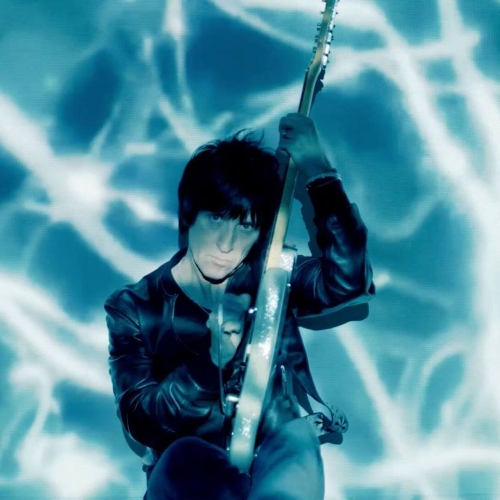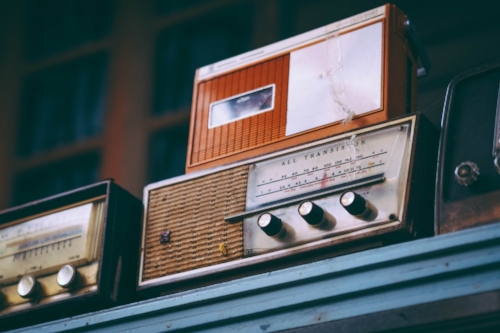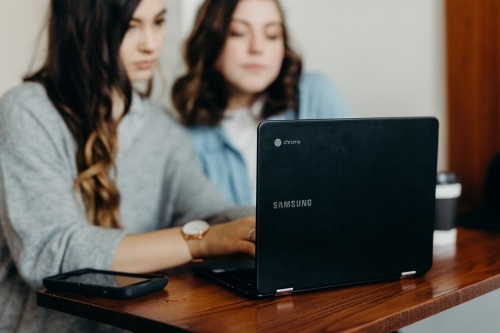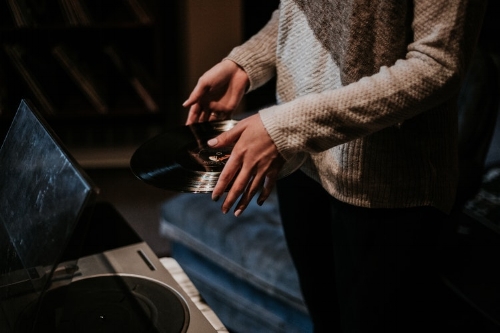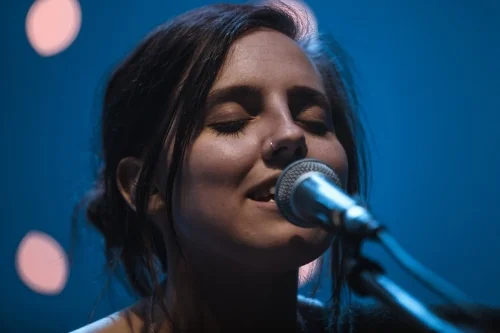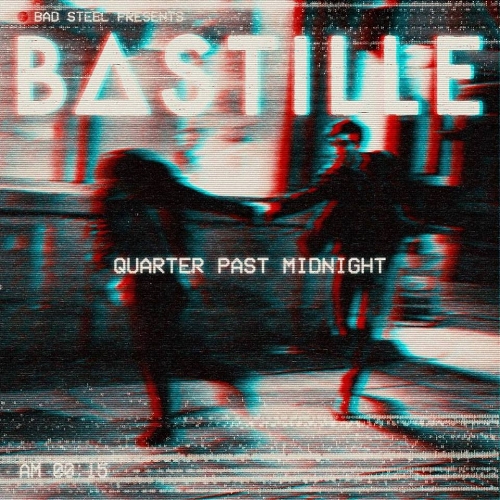FEATURE:
The May Playlist
IN THIS PHOTO: Courtney Barnett
Vol. 3: “I Would…It’s Just I’m Not That Good at Being Open…”
___________
I am excited…
IN THIS PHOTO: Christine and the Queens
there is a new album out from Courtney Barnett. Tell Me How You Really Feel has been collecting some ace reviews and proves she is one of the wittiest, most relevant and sharp songwriters in the world. Alongside a cut from the Australian songwriter are new tracks from Gruff Rhys and CHROMATICS; Christine and the Queens and Drenge have released awesome works – there are videos from Arctic Monkeys and Sigrid in there.
It is another intense, mixed and bubbling cauldron of works that will appeal to all tastes and curiosities. I recommend you dive in and digest as much as you can – a brilliant pile of musical wonders that will keep you full and satisfied!
ALL PHOTOS/IMAGES (unless credited otherwise): Getty Images
__________
Gruff Rhys - Limited Edition Heart
André 3000 - Me & My (To Bury Your Parents)
PHOTO CREDIT: Zackery Michael
Arctic Monkeys - Four Out of Five
CHROMATICS – Black Walls
Johnny Marr – Hi Hello
Drenge – This Dance
Pale Waves – Kiss
Sigrid – High Five
Nine Inch Nails – God Break Down the Door
Snail Mail – Let’s Find An Out
Backstreet Boys - Don't Go Breaking My Heart
Christina Aguilera (ft. Demi Lovato) - Fall in Line
Bella Thorne – GOAT
Black Eyed Peas - RING THE ALARM pt.1, pt.2, pt.3
Christine and the Queens (ft. Dâm-Funk) - Girlfriend
James – HANK
Jennifer Lopez (ft. DJ Khaled and Cardi B) - Dinero
The Kooks – All the Time
Lady Leshurr – OMW
Lykke Li – utopia
Pharrell Williams x Camila Cabello - Sangria Wine (Pseudo Video)
Stefflon Don – Senseless
Tom Grennan - Barbed Wire
PHOTO CREDIT: Pooneh Ghana
Courtney Barnett – Charity
James Bay – I Found You
Kelly Clarkson - Meaning of Life
The Charlatans - Totally Eclipsing
PHOTO CREDIT: @dalb.y







